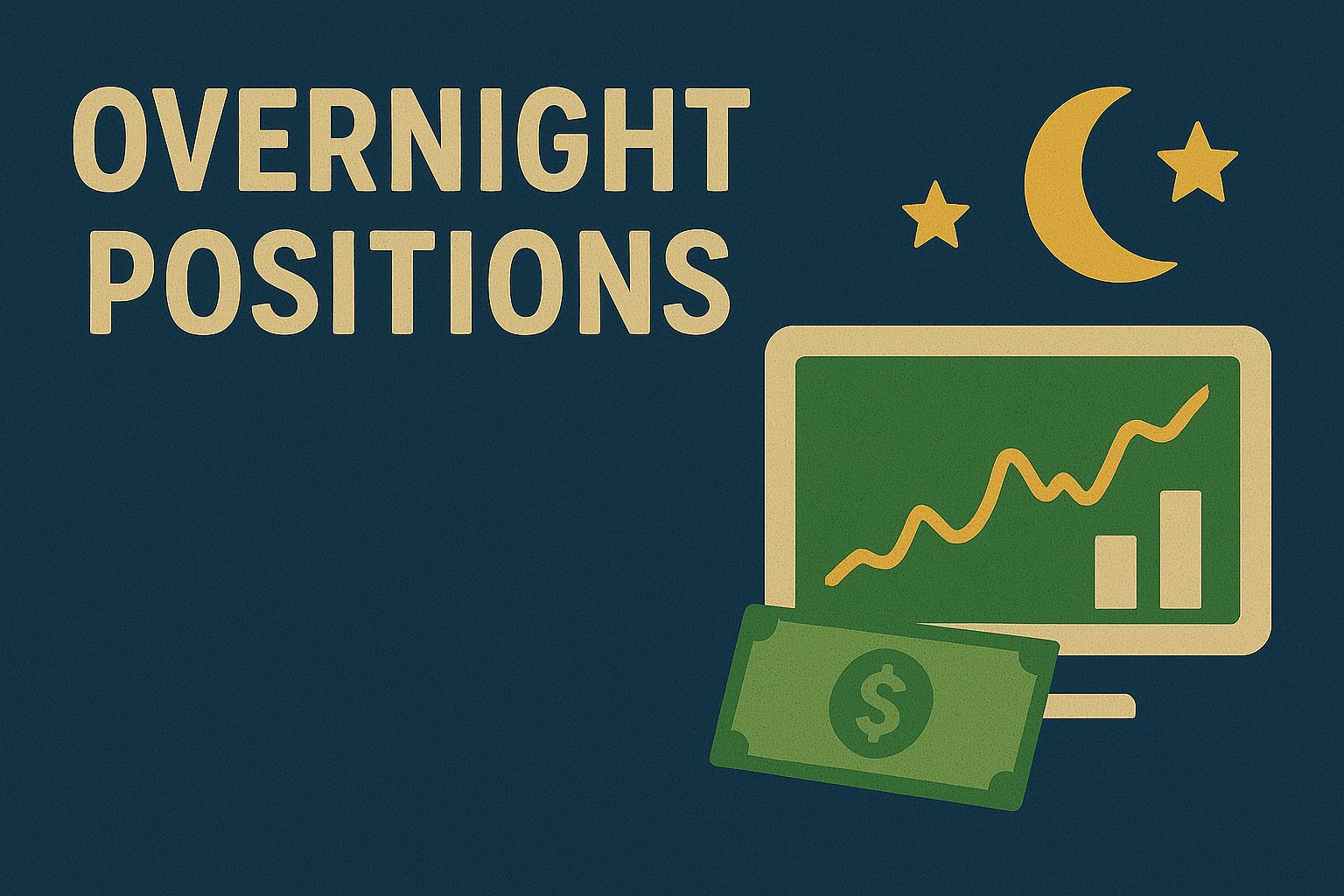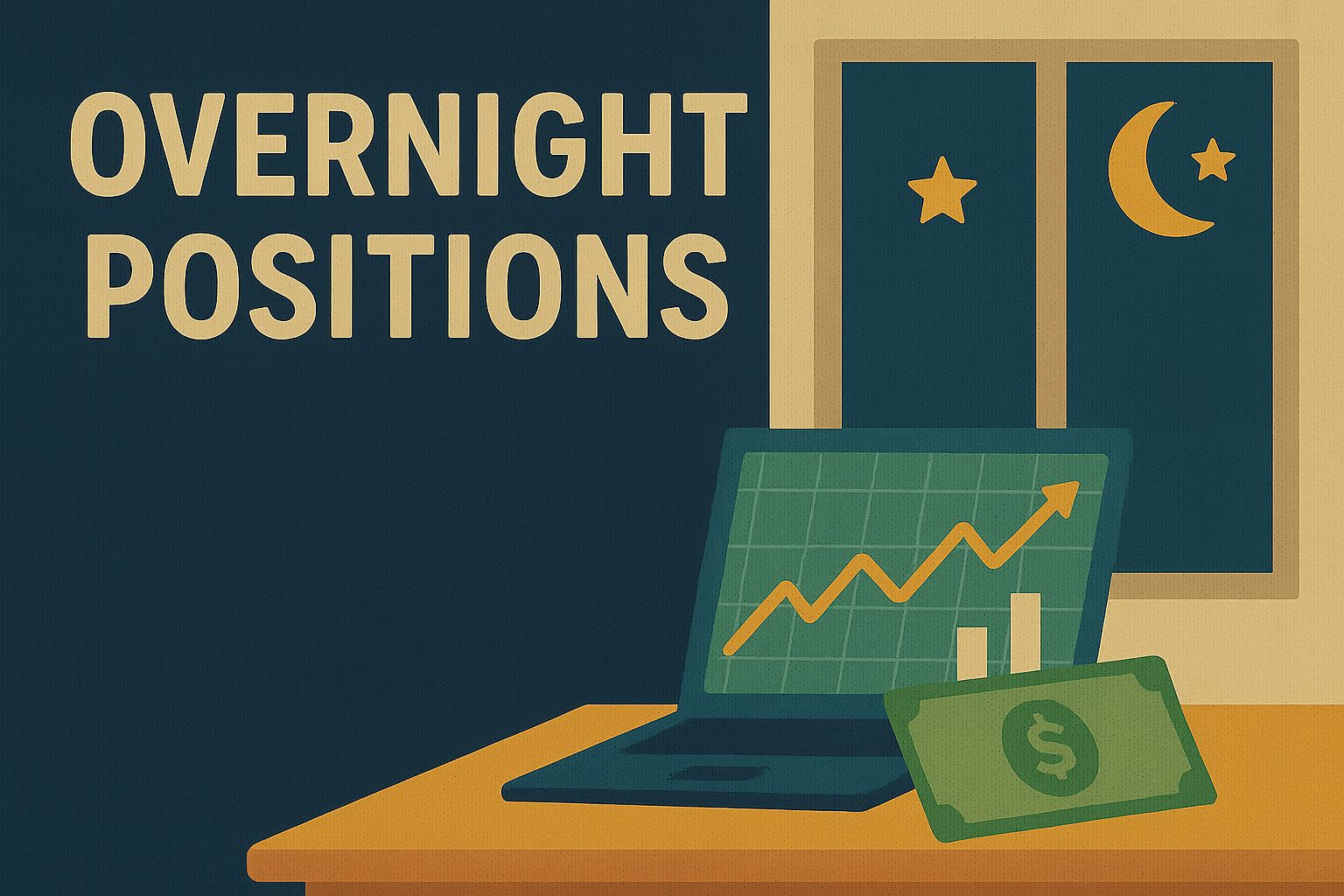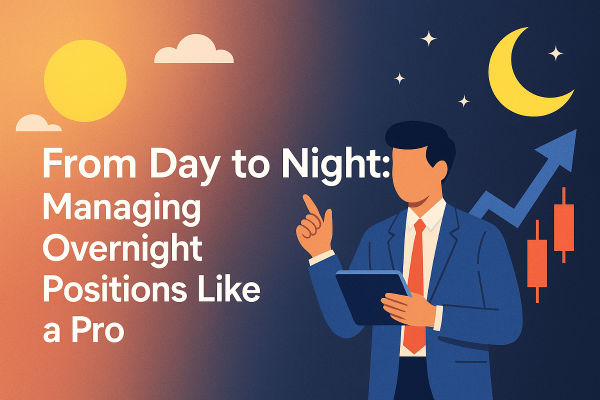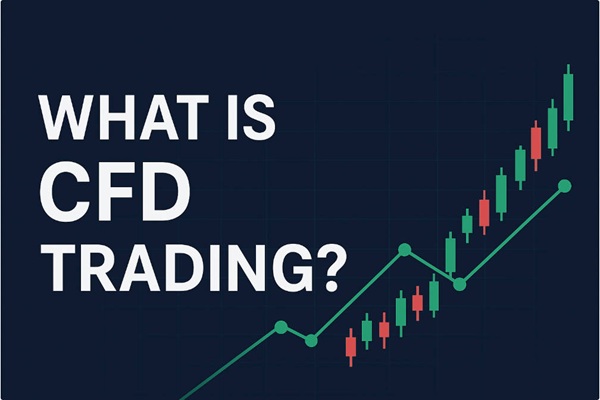Trading is often described as a fast-paced profession, but in reality, it never truly sleeps. When one market closes, another opens, and the flow of information continues across continents and time zones. For many traders, this means holding positions after regular hours, through the calm and chaos of global market transitions. This decision, to let a trade ride through the night, introduces a mix of opportunity and risk that defines what professionals call an overnight position.
An overnight position is more than just a trade left open; it represents a conscious choice to face the uncertainties that occur when you are away from the screen. Prices can shift due to international developments, policy changes, or even unexpected corporate news. Managing such positions effectively is part of what separates seasoned traders from beginners.

What Is an Overnight Position?
An overnight position refers to any trade that remains open after the market closes for the day. In 24-hour markets such as forex, it typically means holding a position past the daily rollover period, often around 5 p.m. New York time. For stocks, it means keeping an open trade after the exchange’s closing bell, exposing the position to after-hours price movements.
In practical terms, holding a position overnight means you accept any potential price gap that might occur before markets reopen. For forex traders, it also involves paying or earning what is known as a “swap” or “overnight financing charge,” depending on the interest rate difference between the two currencies traded.
Why Traders Hold Overnight Positions
Not all traders close their books when the day ends. Many see overnight exposure as a way to capture larger trends or benefit from international market flows.
Capturing Long-Term Trends: Swing traders often hold positions overnight to catch multi-day or multi-week moves that intraday traders might miss.
Taking Advantage of Global Sessions: Forex and commodities trade around the clock. A trader in London might hold an overnight position to capture moves during the Tokyo session.
Hedging and Strategy: Some traders deliberately keep positions open as part of a longer-term hedge, balancing short-term volatility with longer-term objectives.
Real-World Example: In 2024, gold traders who kept positions open overnight during the Asian session often benefited when Chinese industrial demand data caused early-morning price surges. This kind of opportunity would not have been accessible to traders who closed their positions before the end of the US session.
The Risks of Holding Overnight
While holding a trade overnight can be profitable, it also introduces several types of risk that require careful management.
1. Overnight Gap Risk:
Markets can open at a different level than where they closed, creating price gaps. For example, a stock may close at £100 but open at £95 after negative earnings news released post-market.
2. Financing Costs:
Holding a leveraged position overnight usually involves a financing charge. In forex, this is known as a swap. Depending on the interest rate difference between the currencies involved, the charge may be positive or negative.
3. Liquidity and Spread Risk:
During late hours, market liquidity declines and spreads widen. This can result in slippage or less favourable execution if a stop-loss order is triggered.
4. Psychological Strain:
Knowing that your trade is exposed while you sleep can lead to emotional decisions or poor risk control, particularly for beginners.
Example: A forex trader who went long GBP/USD overnight before a surprise Bank of England statement found the pair dropping over 100 pips before the morning session began, turning a potential profit into a significant loss.
How Overnight Costs Work
Overnight positions usually involve a financing adjustment that reflects interest rate differences or broker charges.
Positive Swap:
You earn a small credit when holding a currency with a higher interest rate than the one you borrowed.
Negative Swap:
You pay a debit when the borrowed currency has a higher rate.
For example, a trader going long AUD/JPY may earn a positive swap because Australian rates are higher than Japanese ones. Conversely, going long EUR/USD often incurs a negative swap due to lower European interest rates.
In CFD trading, financing costs depend on position size, leverage, and the broker’s overnight rate. Understanding these costs is crucial for maintaining profitability, especially for positions held several days in a row.
How to Manage Overnight Positions Like a Pro
Managing overnight exposure requires a balance between preparation and risk control. Professional traders follow disciplined steps before letting a position run beyond market close.
1. Plan Around Key Events:
Avoid holding positions overnight before major announcements such as central bank meetings, employment data, or corporate earnings.
2. Use Stop-Loss and Take-Profit Orders:
Always have protective orders in place. They limit losses and secure profits even when you are not monitoring the charts.
3. Track Swap and Financing Costs:
Understand how daily rollover works and check for triple swap days, typically on Wednesdays, which account for weekends.
4. Diversify Your Exposure:
Avoid concentrating all your capital in one overnight trade. Diversification across assets can smooth out unexpected shocks.
5. Stay Updated on Global Markets:
Know which sessions overlap and when volatility tends to increase. This awareness helps you decide whether to hold or close positions.
Example: Institutional traders often hedge overnight positions using correlated assets. For instance, if holding a long S&P 500 position, they may short futures or buy volatility instruments to cushion potential losses from overnight news.
Real-World Examples of Overnight Trading
Example 1: USD/JPY in 2023–2024
Traders who held long USD/JPY positions overnight during Japan’s prolonged low-rate period gained from consistent yen weakness. However, those traders also absorbed large swap costs because of the interest rate difference.
Example 2: Oil Markets in 2025
In mid-2025, Brent crude prices spiked over 5% overnight following an unexpected OPEC+ output announcement. Traders who held long positions benefited, but those without stop-loss orders suffered when the market reversed sharply the next day.
Example 3: Tesla Stock Earnings in 2024
CFD traders holding Tesla long overnight ahead of its earnings report experienced a 9% gap up the next morning after better-than-expected results. Others who stayed long during weaker quarters saw their trades open much lower, underlining the unpredictability of overnight exposure.

Overnight vs Day Trading
Day traders avoid overnight positions entirely. They close all trades before the end of the trading day, eliminating swap charges and gap risk. This approach works well in volatile intraday environments but limits participation in larger market moves.
Overnight traders, on the other hand, accept greater uncertainty in exchange for broader opportunity. They can capture trends that develop over several sessions or across different regions. The choice depends on risk tolerance, strategy, and lifestyle.
FAQs About Overnight Positions
Q1. What is an overnight position in trading?
It is a trade that remains open after the end of the trading session or past the daily rollover time in forex.
Q2. Are there extra costs for holding overnight?
Yes. Brokers usually apply a swap or financing charge that can be positive or negative depending on interest rates and leverage.
Q3. How do I avoid overnight risk?
You can close all trades before the market closes, or use protective orders to manage risk if you choose to hold overnight.
The Big Picture
Holding overnight positions is a balancing act between opportunity and exposure. It rewards patience and conviction but punishes overconfidence. By combining technical preparation, risk management, and awareness of global events, traders can navigate the challenges of after-hours markets effectively. Overnight positions are not just about endurance; they are about precision and planning that extend beyond the trading day.
Mini Glossary
Overnight Position: A trade that remains open after the daily close or rollover period.
Swap (Rollover): Interest adjustment applied to overnight trades based on rate differentials.
Gap: A sudden difference between one session’s close and the next open price.
Liquidity: How easily an asset can be bought or sold without major price changes.
Disclaimer: This material is for general information purposes only and is not intended as (and should not be considered to be) financial, investment or other advice on which reliance should be placed. No opinion given in the material constitutes a recommendation by EBC or the author that any particular investment, security, transaction or investment strategy is suitable for any specific person.























